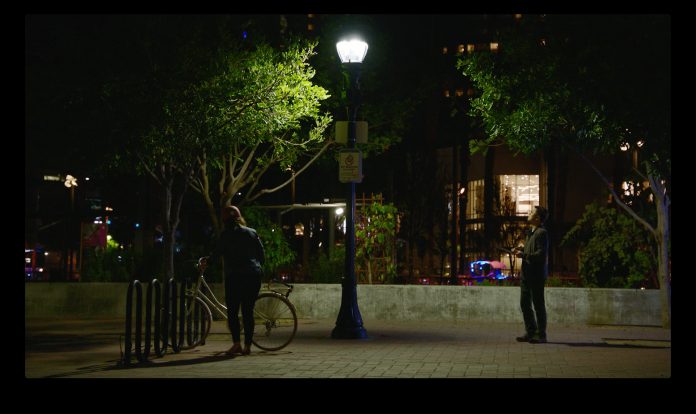The City of San Diego has extended its smart street lighting network with another 1,000 sensor nodes, and new applications for parking, traffic and public safety.
San Diego has worked with Current, the GE-owned lighting firm, on the project. AT&T is providing the LTE connectivity for the lighting network. Intel is contributing the processor in each sensor node, to enable metadata to be extracted, and for “multi-sensor fusion” over a cloud connection.
The city has also added new utility interface, as part of Current’s CityIQ platform, which it reckons will boost the energy efficiency of the LED lights by an additional 20 per cent.
The San Diego collective initially deployed sensors on 3,200 street lights in the city last year, as part of a wider upgrade of 14,000 columns to LED lights. The latest installation takes the total to 4,200 nodes.
The initiative will save the city $3.6 million annually in energy and maintenance costs,and establish a open platform from which to ‘hang’ further smart city applications.
San Diego said several city departments, including the Office of Economic Development, San Diego Police Department and Traffic Engineering and Operations are already working with CityIQ data to improve traffic flow and pedestrian safety.
Subscribe now to get the daily newsletter from RCR Wireless News
A central part of the San Diego proposition, discussed at length in a major Enterprise IoT Insights report on the smart cities market, has been to foster innovation among application developers. The first smart city applications to launch on the lighting network are Genetec, Xaqt, ShotSpotter, and CivicSmart, respectively for public safety, mobility, gunshot detection, and parking.
Current has also announced the completion of a six-month software development effort with San Diego Gas & Electric (SDG&E), which allows Current’s wireless control system to transfer streetlight energy usage to the SDG&E billing system. The software allows energy to be billed on an actual consumption, rather than at a flat dusk/dawn rate.
Better accuracy from lighting controls translates to an $250,000 per annum in incremental energy savings in San Diego, the city said.
Erik Caldwell, interim deputy chief operating officer for the City of San Diego, commented: “Our ability to leapfrog our smart cities technology ahead in both energy savings and scale is a testament to the hard work and ongoing collaboration of many public and private stakeholders. We are proud of our progress so far in building a solution that will stand the test of time and enhance our citizens’ quality of life.”
Austin Ashe, general manager for intelligent cities at Current, said: “San Diego once again is setting a great example for other cities to follow. Using this rich dense data, the city can develop plans and implement solutions that impact critical citizen issues – all through their app store. The possibilities are limitless for San Diego to unlock the potential of the data and use it to benefit both city operations and citizens, today and in the future.”

